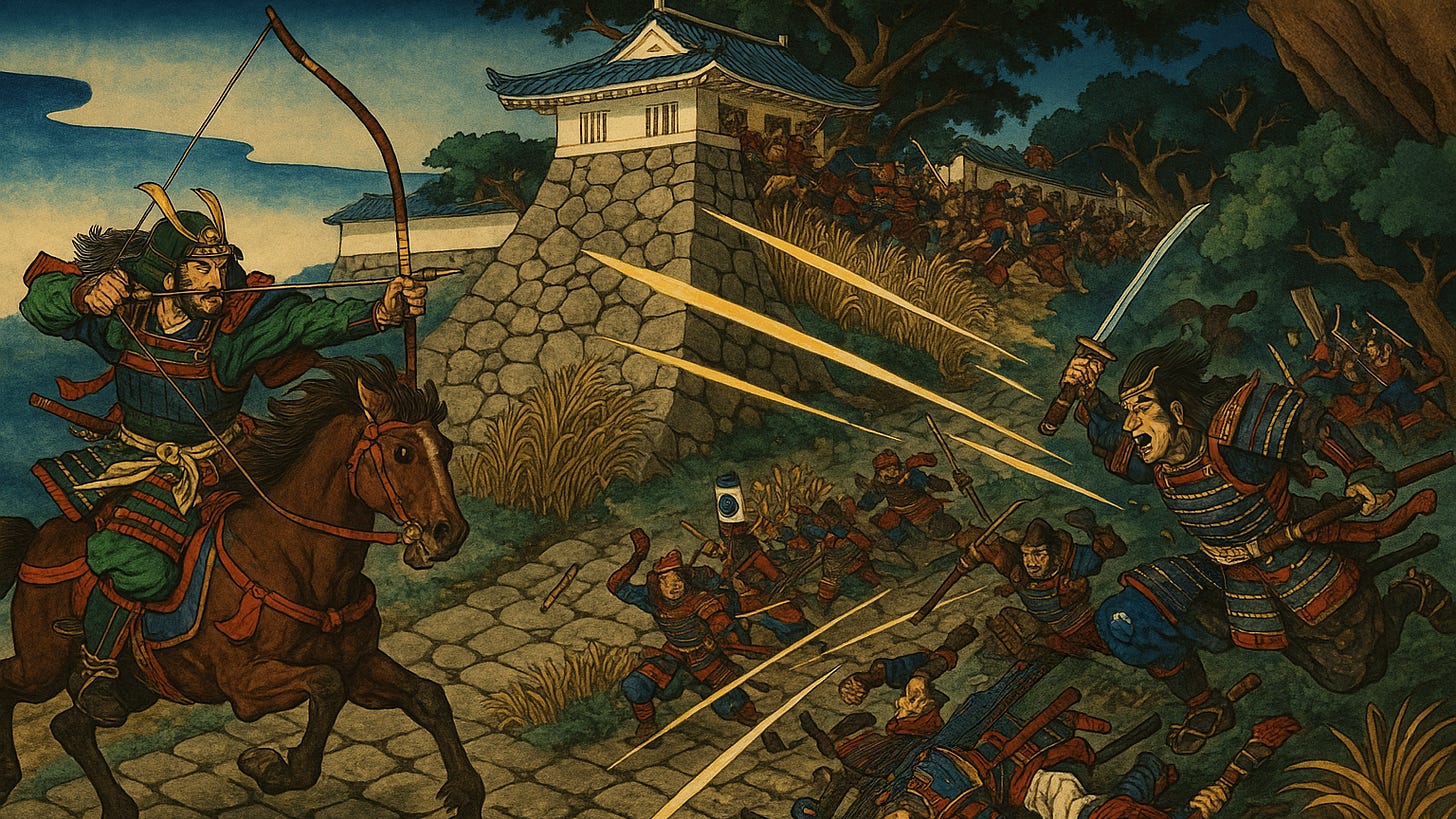Kojiki and Nihon Shoki’s Role in Forging Early Japan
Mythical Narratives Shaping Imperial Authority
Japan’s earliest historical texts, the Kojiki (712) and the Nihon Shoki (720), both systematically compile ancient myths and traditions, but why were two separate historical accounts needed in roughly the same period?
Traditionally, the distinction has been explained by characterizing the Kojiki as inward-facing—intended primarily for domestic audiences—and the Nihon Shoki as outward-facing, meant for international communication. However, this viewpoint has only become clearly articulated through modern research. It remains uncertain whether the compilers in the early 8th century actually had such distinct intentions. Examined carefully, Japanese history reveals that both the Kojiki and the Nihon Shoki were actively utilized within Japan itself over subsequent periods. In other words, Japan’s historical development can be viewed distinctly through the evolving influences of both texts.
The simplistic interpretations arose largely from the specific historical context of their creation. Following the introduction of Buddhism in the mid-6th century, political power struggles intensified, centered primarily around Yamato (present-day southern Nara Prefecture). The imperial court became sharply divided between anti-Buddhist (排仏派, “haibutsu-ha”) and pro-Buddhist (崇仏派, “sūbutsu-ha”) factions. The anti-Buddhist faction, led by the Mononobe clan—a lineage closely associated with traditional Shinto rituals dating back to the legendary first emperor, Emperor Jimmu—effectively established a monopoly of power by eliminating rivals from the court. Exploiting this internal conflict, the Soga clan quickly expanded its influence, dramatically increasing its political voice.
The exact origins of the Soga clan remain unclear even today, but considering that many immigrants from China and Korea resided in southern Nara Prefecture at the time, and the Soga emerged as their dominant leaders, it is plausible, from my perspective, that the Soga themselves may have had foreign roots. Being of foreign descent, the Soga had a natural affinity for Buddhism and pushed its adoption onto the emperor to consolidate their influence in a new land. The Mononobe, however, opposed this fiercely, arguing that adopting Buddhism—a foreign religion—would incur the wrath of the native Shinto deities (“kami”). With intense daily debates between the factions, the emperor, politically constrained by powerful clans, remained indecisive, inadvertently paving the way for the Soga’s rise to prominence.
The escalating tensions between these anti-Buddhist and pro-Buddhist groups eventually erupted into war, resulting in a decisive victory for the immigrant-backed Soga, the annihilation of the Mononobe clan, and the establishment of Soga dominance over the court. This dictatorship persisted for nearly half a century, fostering deep resentment among descendants of older clans. As Soga supremacy began to crumble, descendants of the Nakatomi clan—historically aligned closely with the Mononobe—and Prince Naka no Ōe (中大兄皇子, later Emperor Tenji) staged an armed uprising known as the “Taika Reform” (大化の改新, 645), resulting in a coup d’état. The Soga clan was thus eliminated.



